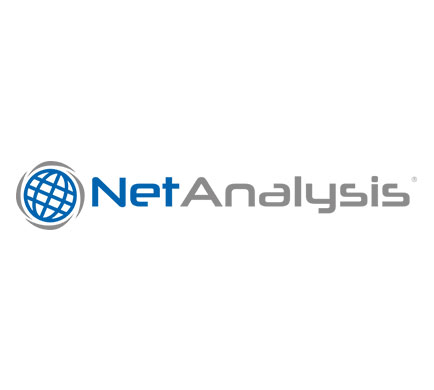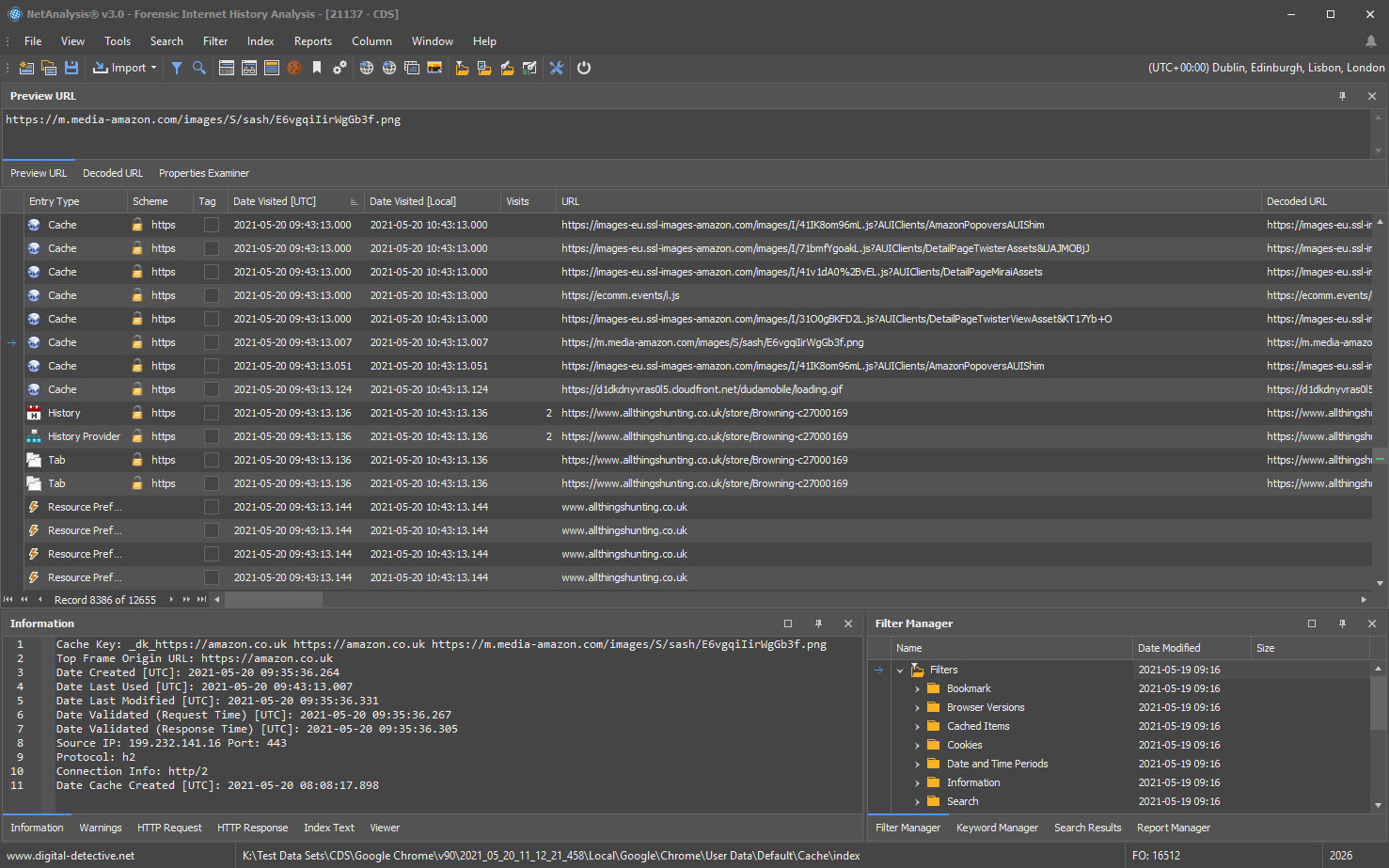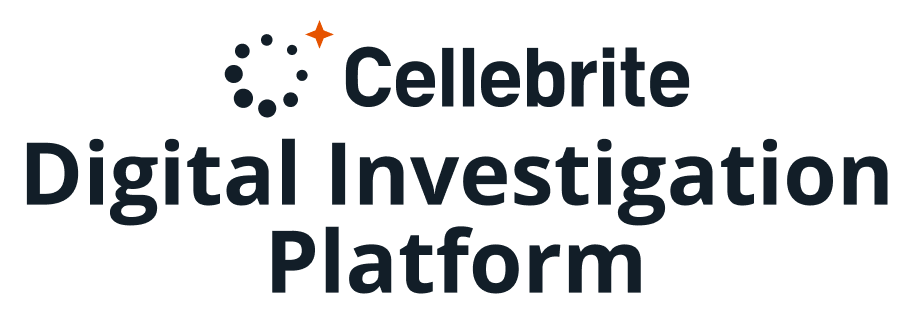

Web Browser Extraction & Analysis
NetAnalysis® is the most advanced, comprehensive forensic tool available for the extraction, analysis and presentation of web browser evidence.
It is a state-of-the-art application which offers the highest level of browser support along with the most powerful tools to help the forensic examiner analyse the extracted data. With the purchase of NetAnalysis®, you also get a licence for HstEx®.
HstEx® is included with NetAnalysis® and is an advanced, forensic data recovery solution, designed to recover deleted browser history and cache data from a variety of source forensic evidence files as well as physical and logical devices. Specifically designed to work in conjunction with NetAnalysis® (and is provided as part of the suite), this powerful software can recover deleted data from a variety of Internet browsers, whether they have been installed on Windows, Linux macOS, Android or iOS systems.

Comprehensive Browser Support
NetAnalysis® was designed specifically for web browser forensics and supports all the major desktop and mobile browsers. It supports the analysis of history, cache, cookies and other artefacts; it has powerful reporting capabilities to allow you to quickly produce evidence relating to user activity. The software also has powerful analytical tools to help you decode and understand the data. NetAnalysis® supports browsers installed on Windows, Linux, macOS, Android, iOS as well as stand-alone and portable installations.
Powerful Filtering and Searching
Searching, filtering and identifying items of interest/evidential value is easy with NetAnalysis®. The software has a number of powerful searching and filtering features, as well as a visual filter builder to allow you to create and store powerful queries. You can also search by keywords and utilise some of the keyword lists/ready made filters we ship. To assist with rapid evidence identification, we have added a high-performance, full-featured text search engine to NetAnalysis®.
Cache Exporting and Page Rebuilding
NetAnalysis® introduces a major change in the way we handle and process cached content. Previous versions of the application would rebuild cached web pages and convert them to local versions using locally extracted cached content. As Web Pages become more sophisticated, this method may not always produce the best results, hence the need to evolve.
With version 3.3+, we no longer rebuild web pages using this methodology. Instead, we process the requests from our built-in browser component (which is based on Google Chrome) and provide the cached content directly from the corresponding browser’s cache. Therefore, as the browser loads the page, it parses the various elements and requests the content it requires to render the page on screen. We take those requests and find the data in the browser’s cache, serving it back to the browser. We have also introduced a Cache Monitor window so you can see what the browser is requesting from the cache. This means that the cache no longer has to be extracted and the web pages rebuilt before you view them.
This new methodology has also allowed us to effectively deal with client and server side redirects. When our HTTP response to the browser indicates the content is subject to a server side redirect, the browser can then re-request the content from the corresponding new cache location. Client side redirects are already dealt with by our browser component. This delivers a considerable enhancement to the ability of NetAnalysis® to display cached web pages.
Configurable Reporting
The NetAnalysis® reporting suite offers reporting, data analysis and visualisation. It also provides all the tools necessary, in the end-user report designer, to create virtually any report type, be it hierarchical master-detail reports, record and multi-column reports or interactive drill-down and drill-through reports.
The report manager provides the capability to save a report template to file and then re-use it as and when required.



